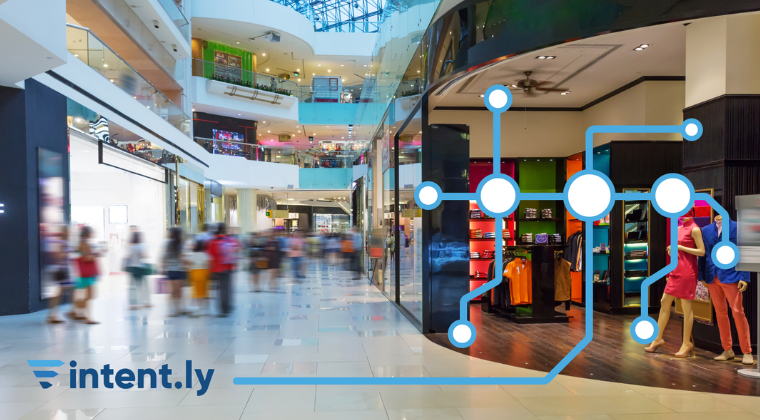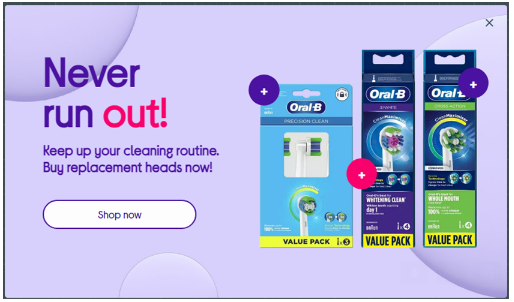Heuristics Series Part 4: Relevancy

Part 4 of our heuristics blog series looks at relevancy, and how we can better target online shoppers with the right messages delivered at the right time, with offers tailored to their needs.
If you missed them, earlier blogs covered scarcity, complementarity and value perception – all powerful purchase motivators.
Relevancy
Relevancy is defined as ‘the quality or state of being closely connected or appropriate to someone or something’. Consumers look for products and services that directly meet their needs – and marketers can tap into these opportunities to create targeted campaigns that are more likely to grab attention and convert.
Targeting shoppers based on location is a prime example of applying the relevancy heuristic. For example, a clothing brand may promote winter wear in regions experiencing colder temperatures while focusing on summer collections in warmer areas.
This creative and bold campaign from Burger King used location data of rival McDonalds restaurants to geofence and target users with their 1 cent Whopper offer.
Timing is everything, and this is never more important than during the Q4 peak season, when shoppers are looking for Black Friday deals or Christmas gifts. Implementing relevant and time-sensitive promotions also creates a sense of urgency that triggers quicker decision-making.
Other examples of leveraging timing to create relevant offers include:
- Package holiday or tourist attraction deals in Summer holidays
- Pay-day promotions when shoppers are likely to have more disposable income
- Changes in weather that make products more desirable, e.g. fans or garden furniture

A great mass media example of this is TV adverts for brands like Just Eat during events like the Eurovision Song Contest – when at-home audiences are at all-time high, and during prime dinner time.
In addition to showcasing products that align with demographic or seasonal data, online retailers can also easily showcase complementary products to sell more. For example, if you’ve just bought a new TV you might be interested in adding surround sound or a new streaming subscription, or if you’ve just bought a games console you might also need a new gaming chair or headset.
In this way, marketers can leverage relevancy to increase AOVs and create loyal customers by offering a smooth shopping experience (and the perception of a good deal if bundle discounts are also applied).

Incorporating the relevancy heuristic into marketing campaigns requires a data-driven approach to understand the demographics, preferences, and behaviours of your customers. intent.ly provides data insights, expertise and best practice guidance to help retailers create effective campaigns that achieve their KPIs.
Our next blog in this heuristics series will focus on social bias. If you missed the previous blogs, we’ve covered scarcity, complementarity and value perception so far.

Amy is intent.ly’s marketing manager, and she has 15 years’ experience working in marketing for global events and technology.
